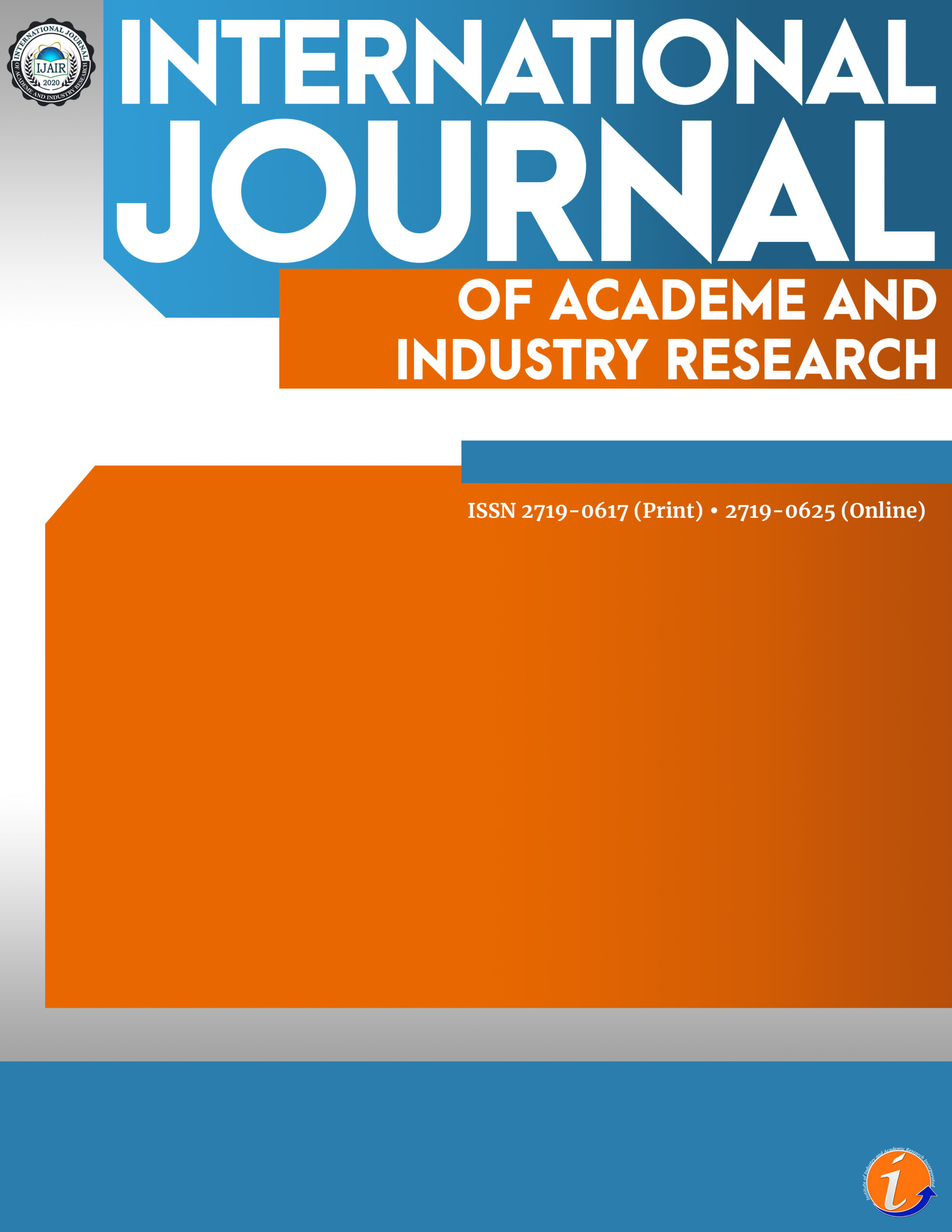The purpose of this study is to unearth and bridge a population gap, which is the mediating effect of job satisfaction on the relationship between dynamics of job satisfaction, i.e., work-life balance, leadership and employee retention. This is quantitative study with hypothesis testing through correlational investigation in a non-contrive setting. Conducted with minimum researchers' interference, the time horizon of this study is cross-sectional with individual unit of analysis, i.e. managerial employees and non-managerial employees in XYZ diversified company using 77 samples selected based on simple random sampling. Data was gathered through a self-directed questionnaire. In order to bridge the identified population gap, a set of hypotheses was developed based on theoretical and empirical justifications. The findings suggest that there is a mediating effect of job satisfaction on the relationship between work-life balance and retention. As employee retention is crucial for any organization's success, organizations should give more emphasis on the constructs such as work-life balance and job satisfaction in order to enhance retention of employees.
employee retention, job satisfaction, leadership, work-life balance
Noleesha Francess. Chartered Institute of Personnel Management Sri Lanka (CIPM). noleeshafrancess96@gmail.com. https://orcid.org/0000-0002-0127-2361
Anuradha Iddagoda. Corresponding author. Senior Lecturer, University of Sri Jayewardenepura, Sri Lanka. anuradhaiddagoda@sjp.ac.lk. https://orcid.org/0000-0003-2586-430X
D.H.S.W. Dissanayake. Senior Lecturer. Wayamba University of Sri Lanka
This paper is presented in the 3rd International Conference on Multidisciplinary Industry and Academic Research
Akila, R. (2012). A Study On Employee Retention Among Executives At Bgr Energy Systems Ltd, Chennai. International Journal of Marketing, Financial Services & Management Research, 1(9), 18–32.
Agha, K. (2017). Work-life balance and job satisfaction: An empirical study focusing on higher education teachers in Oman. International Journal of Social Science and Humanity, 7(3), 164-171.
Ali, S., & Farid, F. (2016). Effect of Transformational Leadership on Job Satisfaction and Organizational Commitment. SSRN Electronic Journal. Published. https://doi.org/10.2139/ssrn.2713386
Ali, M., & Park, K. (2016). The mediating role of an innovative culture in the relationship between absorptive capacity and technical and non-technical innovation. Journal of Business Research, 69(5), 1669–1675. https://doi.org/10.1016/J.JBUSRES.2015.10.036
Armstrong, M., & Taylor, S. (2006). Armstrong’s Handbook of Human Resource Management Practice (10th ed.). Kogan Page.
Attar, M., Çaglıyan, V., & Abdul-kareem, A. (2021). Evaluating the Moderating Role of Work-Life Balance on the Effect of Job Stress on Job Satisfaction. Istanbul Business Research, 49(2), 201–223. https://doi.org/10.26650/ibr.2020.49.0081
Barclay, D., Thompson, R., & Higgins, C. (1995). The Partial Least Squares (PLS) Approach to Causal Modeling: Personal Computer Adoption and Use an Illustration. Technology Studies, 2(2), 285–309.
Biason, R. (2020). The Effect Of Job Satisfaction On Employee Retention. International Journal of Economics, Commerce and Management, United Kingdom, 8(3), 405–413.
Bulińska-Stangrecka, H., Bagieńska, A., & Iddagoda, Y. A. (2021). The Mediating Role of Social Media in the Relationship between Perceived Leadership Support and Employee Engagement in Banking. European Research Studies, 24, 851-874.
Chin, W. W., Gopal, A., & Salisbury, W. D. (1997). Advancing the Theory of Adaptive Structuration: The Development of a Scale to Measure Faithfulness of Appropriation. 8(4), 342–367. https://about.jstor.org/terms
Desai, P. D. (2018). A Study on Linkage Between Job Satisfaction and Employee Retention. International Journal for Research in Applied Science and Engineering Technology, 6(6), 588–593. https://doi.org/10.22214/ijraset.2018.6092
Fayyazi, M. & Aslani, F., (2015), ‘The impact of work-life balance on employees’ job satisfaction and turnover intention; the moderating role of continuance commitment’, International Letters of Social and Humanistic Sciences 51, pp.33–41. https://doi.org/10.18052/www.scipress.com/ILSHS.51.33
Hoppock, R. (2017). Job Satisfaction of Secondary School Teachers in Relation to Personality and Emotional Intelligence. American Journal of Educational Research, 5(10), 1097–1101. https://doi.org/10.12691/education-5-10-11
Hair, J. F., Black, W. C., Babin, B. J., Anderson, R. E., Black, W. C., & Anderson, R. E. (2019). Multivariate Data Analysis.
Ilham, R. (2018). The impact of organizational culture and leadership style on job satisfaction and employee performance. Journal of Advanced Management Science, 6(1), 50-53.
Iddagoda, A., Hysa, E., Bulińska-Stangrecka, H., & Manta, O. (2021). Green Work-Life Balance and Greenwashing the Construct of Work-Life Balance: Myth and Reality. Energies, 14(15), 4556
Iddagoda, Y. A. (2021). Towards an Instrument of Measuring the Construct of Leadership by The 10 Cs for Employee Engagement. Roczniki Nauk Społecznych.
Irabor, I. E., & Okolie, U. C. (2019). A review of employees’ job satisfaction and its affect on their retention. Annals of Spiru Haret University. Economic Series, 19(2), 93-114.
Jacobs, C. M. (2019). Ineffective-Leader-Induced Occupational Stress. SAGE Open, 9(2), 215824401985585. https://doi.org/10.1177/2158244019855858
Kermansaravi, F., Navidian, A., Rigi, S. N., & Yaghoubinia, F. (2015). The relationship between quality of work life and job satisfaction of faculty members in Zahedan University of Medical Sciences. Global journal of health science, 7(2), 228.
Khan, A. S., Khan, S., Nawaz, A., & Qureshi, Q. A. (2010). Theories of Job-Satisfaction: Global Applications & Limitations. Gomal University Journal of Research, 26(2), 45–62. https://www.researchgate.net/publication/286932201
Kossivi, B., Xu, M., & Kalgora, B. (2016). Study on Determining Factors of Employee Retention. Open Journal of Social Sciences, 04(05), 261–268. https://doi.org/10.4236/jss.2016.45029
Lin, S. C., & Lin, J. S. J. (2011). Impacts of coworkers’ relationships on organizational commitment- and intervening effects of job satisfaction. African Journal of Business Management, 5(8), 3396–3409. https://doi.org/10.5897/AJBM10.1558
Lok, P., & Crawford, J. (2004). The effect of organizational culture and leadership style on job satisfaction and organizational commitment. Journal of Management Development, 23(4), 321–338. https://doi.org/10.1108/02621710410529785
Mehrad, A., & Fallahi, B. (2014). The role of leadership styles on staff’s job satisfaction in public organizations. Acta Universitaria, 24(5), 27–32. https://doi.org/10.15174/au.2014.597
Mitchell, T. R., Holtom, B. C., & Lee, T. W. (2001). How to keep your best employees: Developing an effective retention policy. Academy of Management Perspectives, 15(4), 96–108. https://doi.org/10.5465/ame.2001.5897929
Malik, M., Wan, D., Dar, L., Akbar, A., & Naseem, M. A. (2014). The role of work life balance in job satisfaction and job benefit. Journal of Applied Business Research (JABR), 30(6), 1627-1638.
Nur, I., & Widhi, L. (2019). The effect of leadership on job satisfaction, work motivation and performance of employees: Studies in AMIK Yapennas Kendari. African Journal of Business Management, 13(14), 465–473. https://doi.org/10.5897/ajbm2019.8794
Opatha, H. H. D. N. P. (2015). Organizational Behaviour. University of Sri Jayewardenepura.
Preacher, K. J., & Hayes, A. F. (2008). Asymptotic and resampling strategies for assessing and comparing indirect effects in multiple mediator models. Behavior Research Methods, 40(3), 879–891. https://doi.org/10.3758/BRM.40.3.879
Ramayah, T., Yeap, J. A. L., & Ignatius, J. (2013). An Empirical Inquiry on Knowledge Sharing Among Academicians in Higher Learning Institutions. Minerva 2013 51:2, 51(2), 131–154. https://doi.org/10.1007/S11024-013-9229-7
Sekaran, U. (2003). Research methods for business: A skill building approach. John Wiley.
Silva, M. D., & Iddagoda, A. (2021, July). Factors Affecting Employee Engagement: A Study of ABC Bank PLC. Proceedings of the 5th International Research Symposium on HRM – CIPM Sri Lanka. https://www.researchgate.net/publication/3533689372005
Shrout, P. E., & Bolger, N. (2002). Mediation in experimental and nonexperimental studies: New procedures and recommendations. Psychological Methods, 7(4), 422–445. https://doi.org/10.1037/1082-989X.7.4.422
Singh, S., & Dixit, P. K. (2011). Employee retention: The art of keeping the people who keep you in business. International Journal of Business and Management Research, 1, 441-448.
Temesgen, K., Aycheh, M. W., & Leshargie, C. T. (2018). Job satisfaction and associated factors among health professionals working at Western Amhara Region, Ethiopia. Health and Quality of Life Outcomes, 16(1), 1-7.
Voydanoff, P. (2005). Toward a conceptualization of perceived work‐ family fit and balance: A demands and resources approach. Journal of Marriage and Family, 67(4), 822-836.
Wright, P. M., & Snell, S. A. (1991). Toward an integrative view of strategic human resource management. Human resource management review, 1(3), 203-225.
Zhao, X., Lynch, J. G., & Chen, Q. (2010). Reconsidering Baron and Kenny: Myths and truths about mediation analysis. Journal of Consumer Research, 37(2), 197–206. https://doi.org/10.1086/651257
Cite this article:
Noleesha Francess, Anuradha Iddagoda & D.H.S.W. Dissanayake (2022). Dynamics of job satisfaction and its intervening effect: An empirical study of diversified company. International Journal of Academe and Industry Research, 3(4), 60-82. https://doi.org/10.53378/352935
License:
![]()
This work is licensed under a Creative Commons Attribution (CC BY 4.0) International License.










